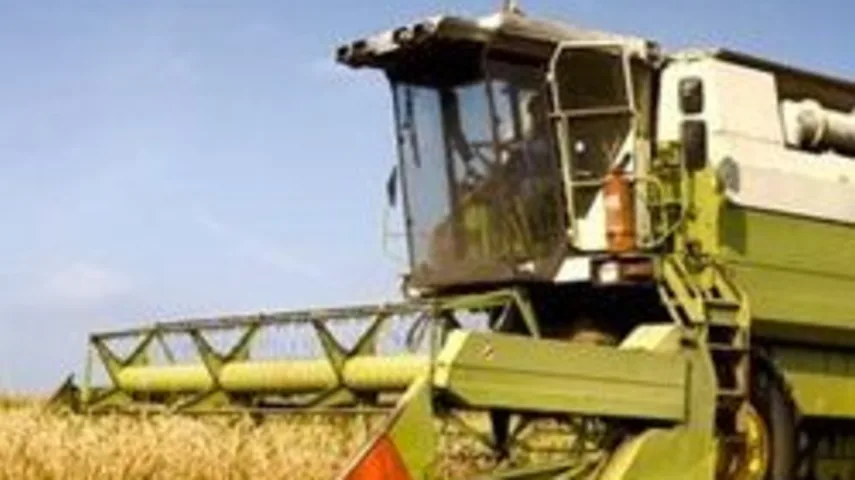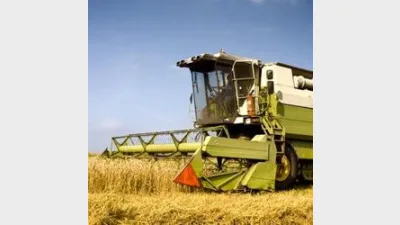Investment opportunities in the agribusiness sector



Skye Macpherson looks at the agribusiness sector and considers whether it is poised for great growth.
Food production is emerging as a significant investment theme — both for individual investors and increasingly for the corporate world.
In recent months, we’ve seen evidence of companies around the world seizing the opportunities food production is presenting.
The largest example is BHP’s proposed $39 billion takeover of the global fertiliser producer and distributor, Potash Corporation.
Other notable developments include Singapore-based Wilmar International’s proposed purchase of Australian-based CSR’s sugar division in July and Canadian-based Agrium’s bid for Australian wheat exporter and farm input retailer, AWB in August.
Developments like these add weight to the investment thesis for global agribusiness.
The thesis contends that businesses that are able to leverage scale will be best placed to exploit the opportunity offered by growing demand, which must be met by greater supply productivity.
It’s a similar theme that has driven the remarkable growth of Australia’s mining industry over the past decade: growing demand from China and other emerging nations combined with constraints on supply.
In the case of agriculture, the rising demand is coming from a combination of population growth and rising income.
More people inhabit the world and those people are enjoying an increasingly higher capacity to consume.
Supply growth is being hampered by the decline in the amount of land per person (fixed global land base combined with a rising population) and pressures on water availability.
According to the United Nations, the global population is set to grow 40 per cent from 6.5 billion in 2005 to 9 billion people by 2050.
This equates to an average growth rate of 1 per cent per annum or 56 million people each year. Agricultural volume will need to lift substantially in order to feed these additional people — including more grain, meat and dairy.
The rise in income per capita in emerging economies such as China and India, largely driven by urbanisation, is also a key driver of demand.
As people move from low incomes in rural areas to higher incomes in urban areas, two things typically happen.
Firstly, people consume more food. Secondly, they alter the types of food they consume. This involves introducing protein such as chicken, pork and beef.
This increase in demand for protein has an important multiplier effect on grain consumption, as protein is an inefficient converter of grain.
As a rule of thumb, 2kg of grain is required to produce 1kg chicken, 4kg grain for 1kg of pork and 7kg of grain for 1kg of beef.
Our research indicates that the world will need to more than double food production by 2050 to meet this ongoing rise in demand.
While the world has doubled food production in the past, today we have a few impediments on agricultural supply.
Chief among those constraints are the restrictions on the amount of arable land that can be brought into production.
Those restrictions relate to the quality of the soil, water availability and length of growing seasons. Arable land availability is also affected by competing uses for land such as urban sprawl, forestry and industrial uses.
Exacerbating the problem is desert encroachment. For example, China has lost 10 million acres over the past decade due to urban sprawl and desert encroachment.
While it doesn’t make headlines in Australia, the supply/demand dynamic is driving an increased focus on food security by the leaders of countries who rely on imports such as many Asian and Middle Eastern nations.
China, for example, has for some time now been pursuing a policy of securing its food supply to make sure it can feed its 1.3 billion plus population well into the future.
Chinese companies and others have been purchasing land in other countries in part to ensure food security. For example, Chinese-based ZTE International has secured the rights to 2.8 million hectares of land in the Democratic Republic of the Congo to expand its palm oil plantations in the country.
Similarly, South Korea has signed agreements to acquire about 690,000 hectares in Sudan for wheat production.
According to the United Nations, China has 21 per cent of the world’s population but only 9 per cent of the globe’s arable land.
And with rapidly rising average income in China, the demand for products, which require more intensive agricultural production, such as meat and dairy, is putting further pressure on China’s agricultural industry.
While this shifting demand/supply dynamic has been occurring for some time, it is only over the past few years that investors have started trying to capitalise on the opportunities.
Some have sought to invest in the underlying soft commodities (such as grains, coffee, sugar and forestry commodities).
However, in the five years to June this year, this has proved unprofitable on the whole. In that time, the Rogers International Commodity Agriculture Index has declined in value.
Investing directly and exclusively in particular soft commodities, or focusing purely on producers doesn’t capture the entire opportunity or provide adequate diversification.
Instead, the most effective way to capitalise on the opportunity is to invest in companies right across the agricultural value chain.
This includes producers, handlers and traders of soft commodities and also the companies that are helping drive productivity such as seed producers, fertiliser companies and farm equipment manufacturers.
The most attractive opportunities will come from high quality companies that have a clear sustainable advantage (geographical, intellectual property or asset based) and that have the ability to grow volumes.
Skye Macpherson is co-portfolio manager of the Colonial First State Global Soft Commodity Share Fund.
Recommended for you
In the latest episode of Relative Return Insider, host Maja Garaca Djurdjevic and AMP’s Shane Oliver break down US and Australian rate cuts, soaring gold, and bitcoin’s volatility.
In the latest episode of the Relative Return Insider, host Maja Garaca Djurdjevic and AMP’s chief economist Shane Oliver unpack the surprising twists in the Australian economy, diving into the latest GDP numbers, what’s really driving consumer spending, and what it all means for the Reserve Bank’s next moves.
In this episode of Relative Return, host Laura Dew chats with Roy Keenan, co-head of fixed income at Yarra Capital Management, to discuss the evolving fixed income asset class, his sector preferences, and the RBA’s rate-cutting policy.
In this week’s episode of Relative Return Insider, AMP chief economist Shane Oliver joins the show to dissect the ongoing government economic reform roundtable and reflect on the wish lists of industry stakeholders – and whether there is hope for meaningful reform.







